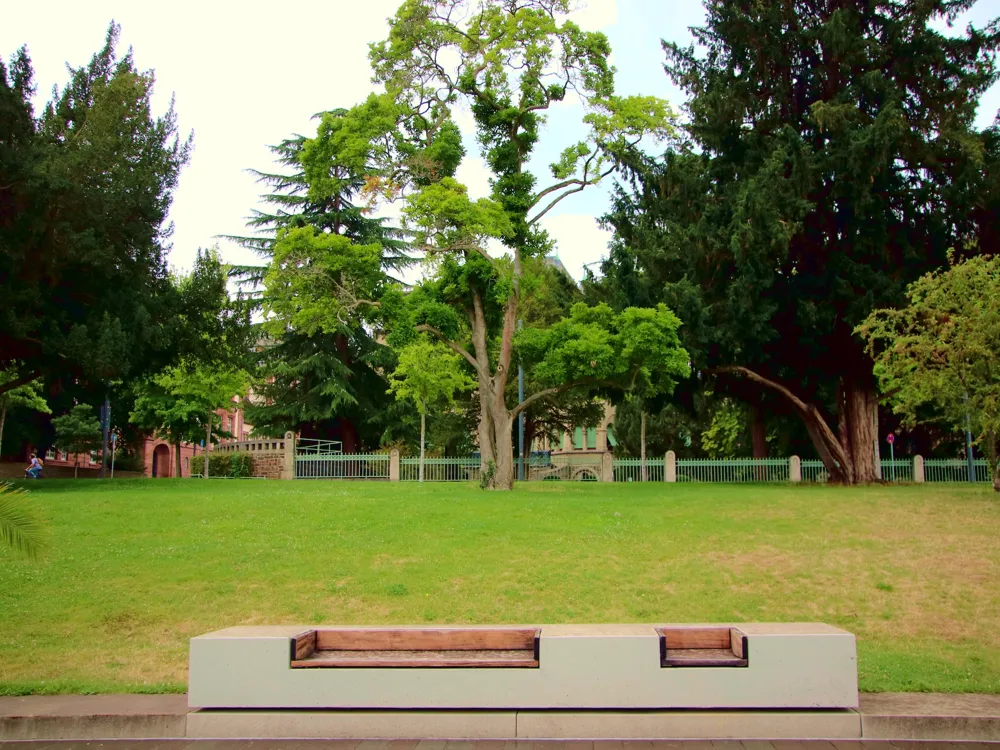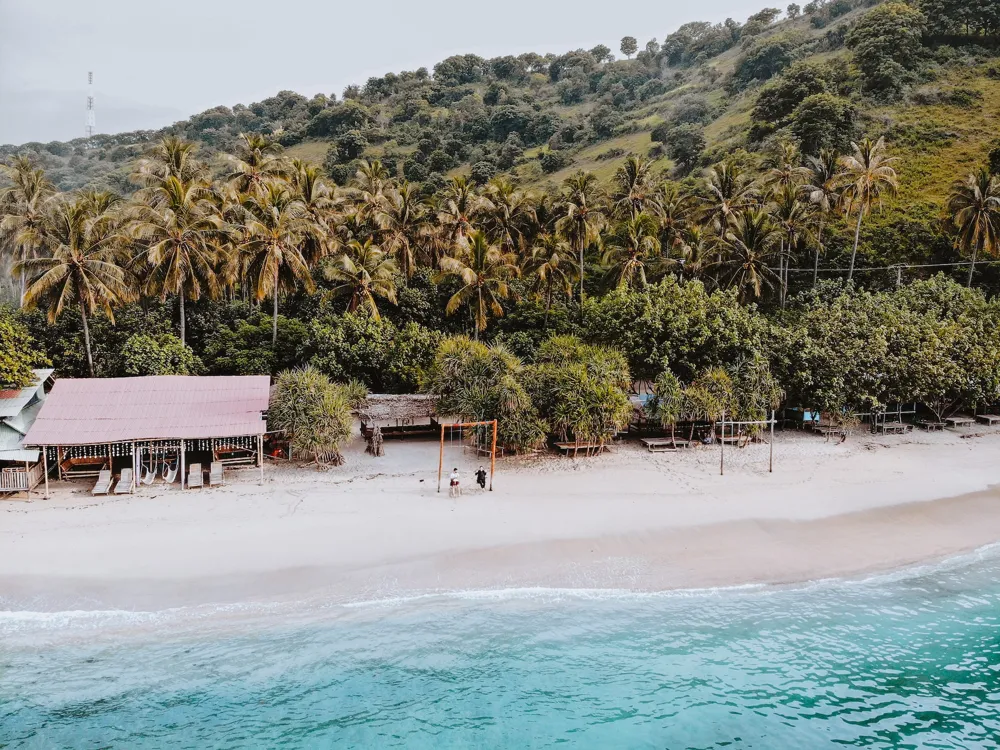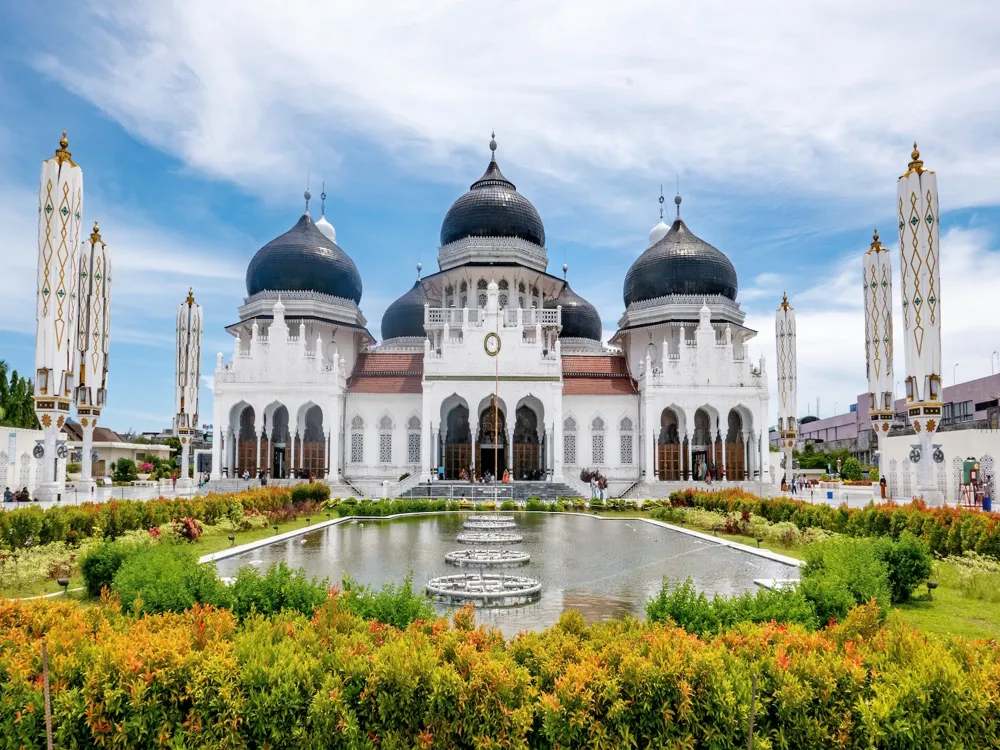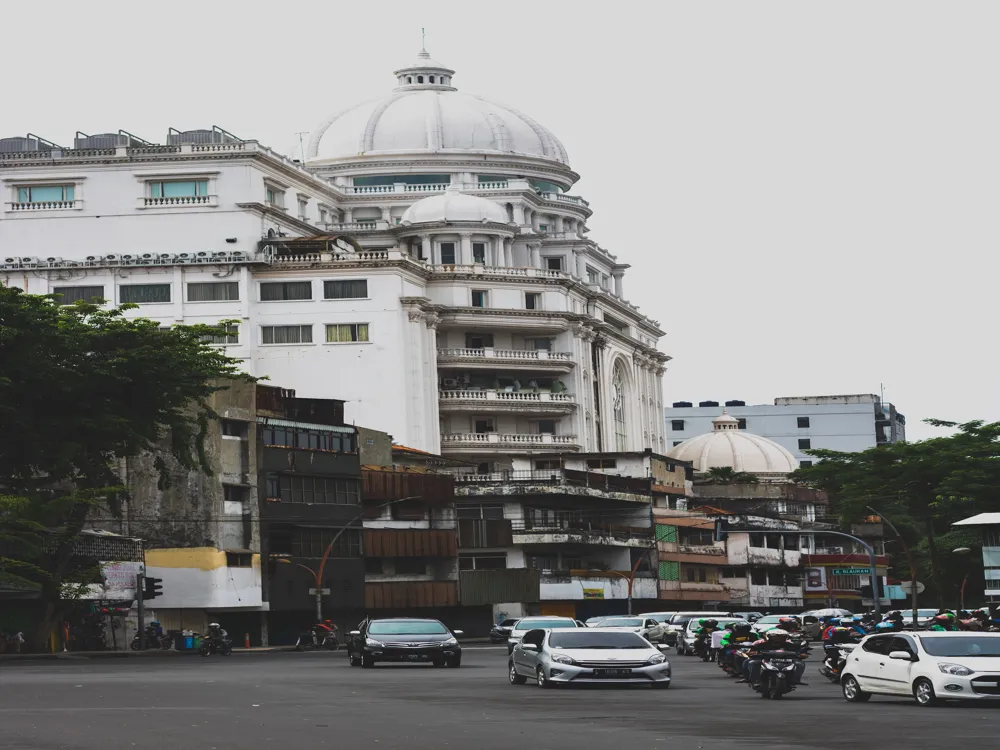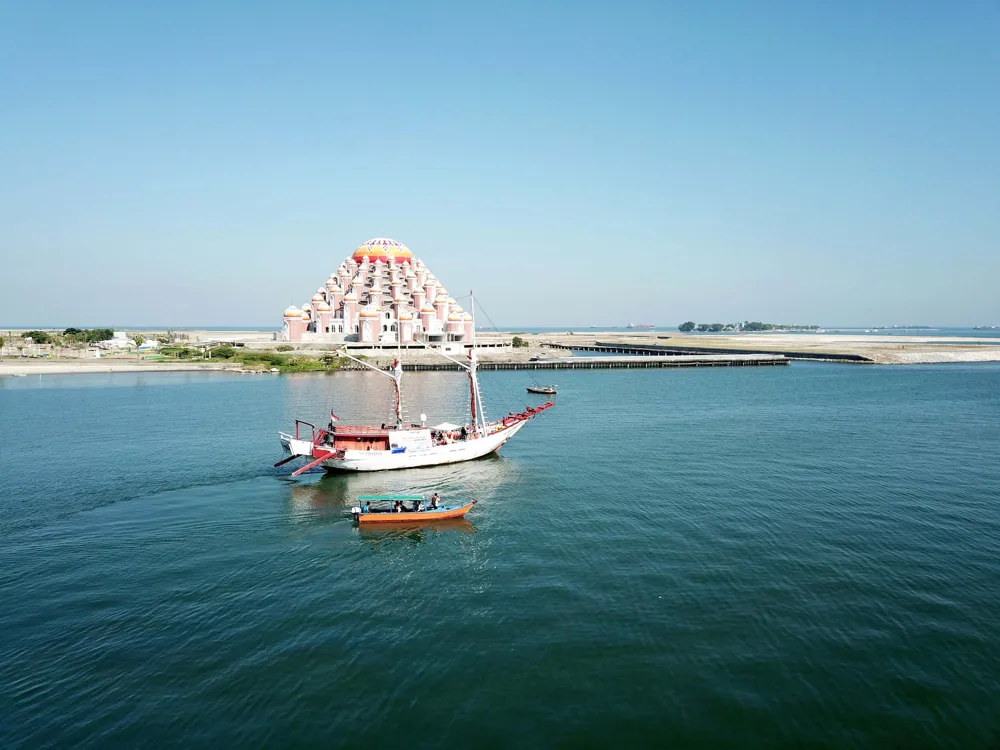Waruga, an ancient cultural heritage found in Manado, Indonesia, is a unique testament to the region's historical and spiritual past. These stone sarcophagi, dating back to the Megalithic era, are not only archeological treasures but also provide a fascinating insight into the rituals and beliefs of the Minahasa ancestors. The term 'Waruga' refers to the traditional stone graves or sarcophagi used by the Minahasa people of North Sulawesi, Indonesia. These historical structures are predominantly found in the Airmadidi area, close to Manado. The Waruga parks, particularly those in Sawangan village, have become notable attractions for both local and international tourists, offering a window into the ancient Minahasa culture. The Minahasa people initially practiced animism and believed in life after death. This belief system significantly influenced the creation and use of Waruga as burial sites. The Waruga graves are made from a single piece of stone which was hollowed out to place the bodies of the deceased. The bodies were positioned in a squatting position, reflecting the Minahasa belief that this posture eased transition to the afterlife. The Waruga's exterior is often decorated with intricate carvings and symbols, each telling a story or representing the life and status of the person buried within. The use of Waruga was banned in the 19th century due to health concerns, particularly the spread of cholera. However, these ancient graves continue to fascinate historians, archaeologists, and tourists alike. Today, Waruga serves as a poignant reminder of the rich cultural and historical tapestry of Manado and the Minahasa people. The architecture of Waruga is a compelling subject, reflecting the intricate artistry and profound cultural beliefs of the Minahasa people. These stone sarcophagi were not merely burial sites; they were symbols of status, spirituality, and connection with the ancestral world. Each Waruga is a single piece of stone, skillfully hollowed out to create a burial chamber. The size and design of each Waruga vary, often corresponding to the social status and wealth of the individual. The most striking feature of Waruga architecture is the intricate carvings on its exterior. These carvings are rich in symbolism, often depicting scenes from daily life, animals, mythical creatures, and symbols of status and occupation. For example, a Waruga belonging to a farmer might feature carvings of plants and agricultural tools, while a warrior's Waruga could be adorned with weapons and images of conquests. The carvings are not only decorative; they are narratives that immortalize the life, beliefs, and status of the deceased. The construction of a Waruga was a complex process that required skill and spiritual preparation. The stone had to be carefully selected, and the carving was done by specialized artisans. The positioning of the Waruga was also crucial, often aligned with spiritual beliefs, such as facing towards the mountains or the sea, symbolizing the connection between the earthly life and the spiritual realm. The evolution of Waruga's architecture over the centuries also mirrors the changes in Minahasa society, from animistic beliefs to the influence of Hinduism, Buddhism, and eventually Christianity. This transition is evident in the varying styles and motifs found in older versus newer Waruga. For instance, earlier Waruga tend to have more animistic and abstract designs, while later ones exhibit influences of other religious and cultural elements. When visiting Waruga, it is essential to show respect for local customs and traditions. The Waruga sites are not just tourist attractions but also sacred places for the local community. Dress modestly, avoid loud noises, and follow any guidelines provided by local guides or signs. To fully appreciate the history and cultural significance of Waruga, consider hiring a local guide. They can provide in-depth explanations of the carvings, stories behind each Waruga, and insights into the Minahasa culture. While photography is usually allowed, always ask for permission if there are local people around. Be mindful of using flash and avoid climbing or touching the Waruga, as they are ancient and fragile. Keep the surroundings clean and intact. Do not litter and avoid disturbing the natural environment around the Waruga sites. Preserving the site's integrity is crucial for its ongoing protection and study. Since the Waruga sites are often in outdoor areas, prepare for varying weather conditions. Bring water, use sunscreen, and wear comfortable walking shoes. Be aware of your surroundings to avoid any accidents. Reaching the Waruga sites in Manado is relatively straightforward. The nearest major city is Manado, which is well connected by air with many Indonesian and some international cities. From Manado, visitors can take a taxi or a rented car to reach the Waruga sites, particularly in Airmadidi, which is about an hour's drive from Manado city center. Public transportation is also an option, though less convenient, as it involves a combination of buses and minibusses to get to Airmadidi. For international tourists, it is advisable to check for any travel advisories or visa requirements before planning the trip. Read moreOverview of Waruga in Manado
Architecture of Waruga
Tips When Visiting Waruga
Respect Local Customs and Traditions
Engage a Knowledgeable Guide
Photography Etiquette
Environmental Consciousness
Health Precautions
How To Reach Waruga
Manado Tourism
Best Time to Visit Manado
How to Reach Manado
Things To Do Manado
Waruga
Manado
NaN onwards
View manado Packages
Weather :
Tags : Historical Site
Timings : 24 Hours
Time Required : 1-2 Hours
Entry Fee : Free
Planning a Trip? Ask Your Question
Manado Travel Packages
View All Packages For Manado
Top Hotel Collections for Manado

Private Pool

Luxury Hotels

5-Star Hotels

Pet Friendly
Top Hotels Near Manado
Other Top Ranking Places In Manado
View All Places To Visit In manado
View manado Packages
Weather :
Tags : Historical Site
Timings : 24 Hours
Time Required : 1-2 Hours
Entry Fee : Free
Planning a Trip? Ask Your Question
Manado Travel Packages
View All Packages For Manado
Top Hotel Collections for Manado

Private Pool

Luxury Hotels

5-Star Hotels

Pet Friendly










